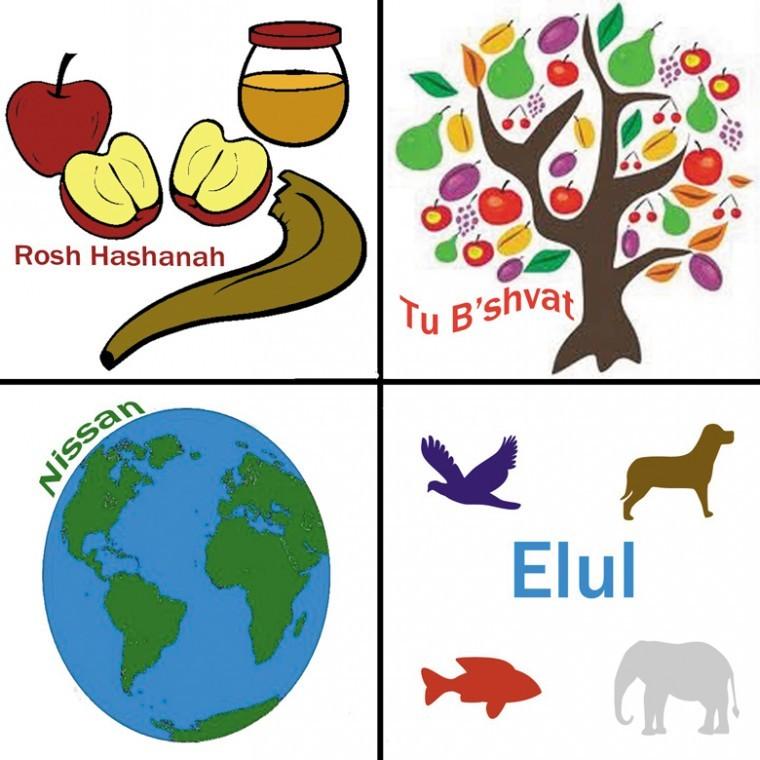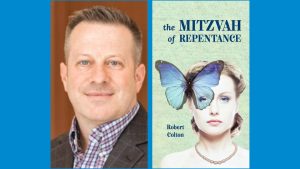Resolving to make the most of Judaism’s four New Years
Published January 11, 2012
Happy January, folks-and a happy New Year!
On the subject of the new year, and since this is a Jewish newspaper, it’s a perfect time to discuss the Jewish New Year.
ADVERTISEMENT
According to the Oral Torah (the Mishnah) there are actually four Jewish new years-each with its own purpose.One is obviously the most well known: Rosh Hashanah, marking the start of the new year of the Jewish calendar, typically in September or October.
The second is Tu Bishvat (literally meaning the 15th day of the of the Jewish calendar month of Shvat), the New Year for the trees. It is the only New Year that is not on the first of the month. Therefore, trees’ first month is split, half in one year and half in another.
The next New Year is the first day of the month of Nissan. It actually serves two purposes, from two different places. One is the biblical New Year, because it is believed the world was created on that day. It is also considered the New Year for the kings and feasts.
The fourth and final New Year is the first of Elul, which is the New Year for giving 10 percent of your animals to the priests, otherwise known as Ma’aser.
Now let’s wrap up the reasoning behind having four New Years. You know how at the beginning of the year we all make declarations that we will improve on something, yet nine out of 10 times, this doesn’t happen? OK, I just randomly made up those statistics-please don’t sue me. Now, the same opportunities arise with the Jewish New Year, except we have four times to make resolutions through the year. “Oh great,” you may be thinking. “More chances to say we’re going to improve something, and then fall through.”
However, this really gives us four chances to reflect on our resolutions, and four chances make good on them. Resolutions give us a chance to see where we currently are, and where we need to be. We just have to make sure we’re in the 10 percent that follows through.
At least we have four chances.















